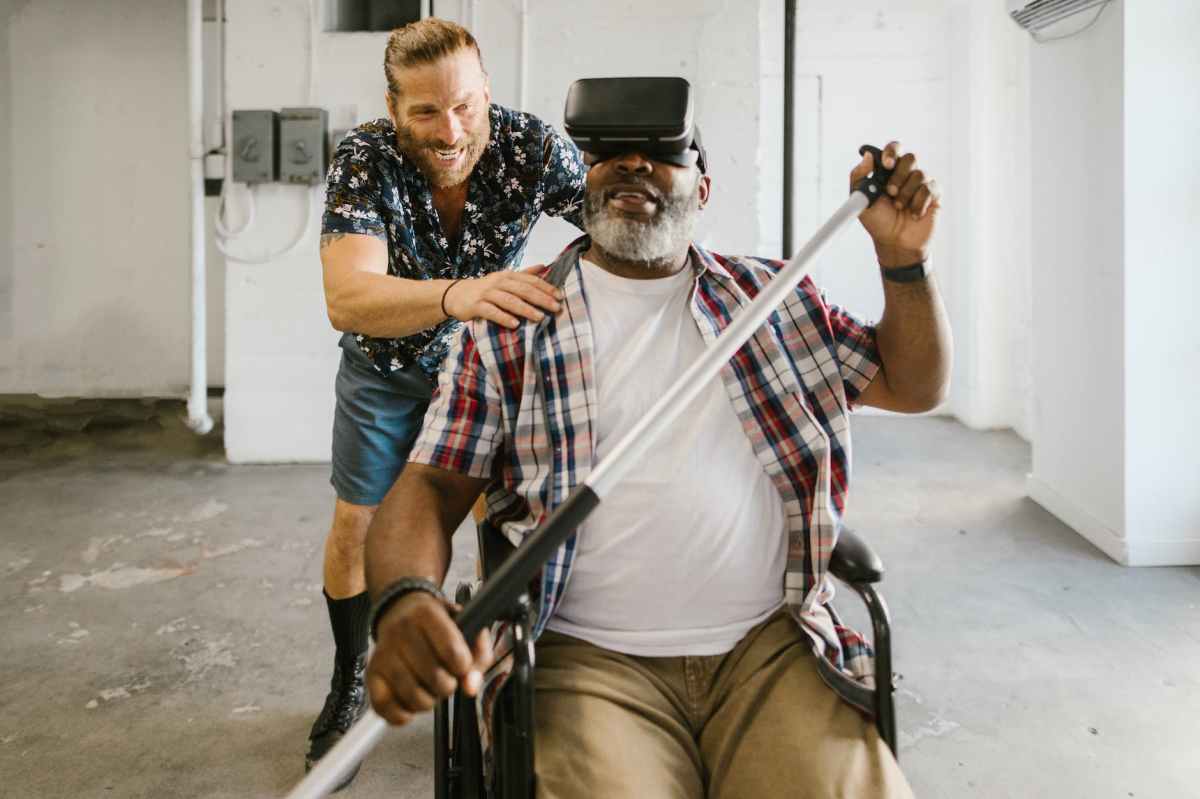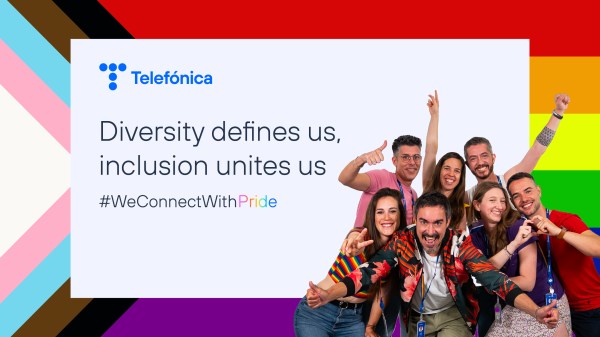Origin of the International Day of Persons with Disabilities
The International Day of Persons with Disabilities is celebrated annually every December 3 and arose after the adoption of resolution 47/3 at the United Nations General Assembly in 1992.
This day was born with the aim of “promoting the rights and well-being of persons with disabilities in all areas of society and development, as well as raising awareness of their situation in all aspects of political, social, economic and cultural life.”
In addition, in 2019 the United Nations launched its Strategy for Disability Inclusion, “the foundation for sustainable and transformative progress towards disability inclusion in all pillars of the UN’s work.”
Global disability data
To understand disability in all its magnitude, we can point to a series of data that give us an idea of the relevance of supporting the integration of the multiple realities and needs of people with some type of functional diversity and thus be able to have a greater empathy that helps us to put ourselves in their situation in different situations.
According to the United Nations, of the approximately one billion people with some type of disability worldwide, four out of every five live in developing countries. It is also estimated that almost half (46%) of people over the age of 60 have some kind of functional diversity.
On the other hand, one in five women will have some kind of disability in her lifetime, while one in ten children also has some kind of functional diversity.
Disability in the workplace, everyone’s responsibility
Telefónica, in its guide on disability in the workplace, outlines a series of keys to help in the interaction with people with disabilities by promoting empathy, eliminating unconscious biases and prejudices, valuing talent and market potential.
- Ask questions before helping. Caution should be exercised before prejudging and assuming that someone with a disability needs help. In accessible environments this help is not usually necessary, although generally speaking people with disabilities will let us know when they may need support.
- Be respectful. It is advisable to speak respectfully and matter-of-factly directly to the person you are talking to, not to his or her companion, assistant or sign language interpreter.
- Do not make assumptions. Since people with functional diversity are fully aware of what they can and cannot do, it is not necessary to make decisions for them by focusing on their abilities and not on hypothetical limitations.
- Attend to their needs. The transmission of a warning that limits rights (of whatever kind) or freedoms should not be considered as a complaint, but as an opportunity for improvement.
- Organize spaces. Chaotic environments with accumulated obstacles complicate access and transit.
- Concretize and simplify. Precise communications without metaphors, jargon or unnecessary information simplify the transmission of the message.
- Respect difference. Understanding what is different as diverse should be considered as an enriching element.
- Use inclusive language. Eliminating the use of words that are out of use, harmful or that limit individual identity is a step towards ensuring dignified treatment.
Committed to equal opportunity
Promoting equal opportunities or implementing initiatives that guarantee the inclusion of people with disabilities are two examples of how the transformative potential of new technologies helps Telefónica’s purpose of “making our world more human by connecting people’s lives”.
The company’s various initiatives help to build a more accessible and connected world where no one is left behind by eliminating barriers and obstacles in both physical and digital environments.
Historic events on 3 December
On 3 December 1965, at the height of the space race, the Soviet Union launched the Luna 8 probe, which was intended to make a soft landing on the lunar surface. Although it came closer to its goal than previous missions, it also failed to achieve it, crashing on 6 December at a different point on the Earth’s natural satellite.
Two years later, another medical milestone was achieved on 3 December. South African surgeon Christian Barnard and his team performed the world’s first heart transplant in Cape Town on a 53-year-old patient, who died 18 days later from pneumonia.
Turning to space milestones, NASA’s Pioneer 10 spacecraft sent back the first images of the planet Jupiter on 3 December 1973.








